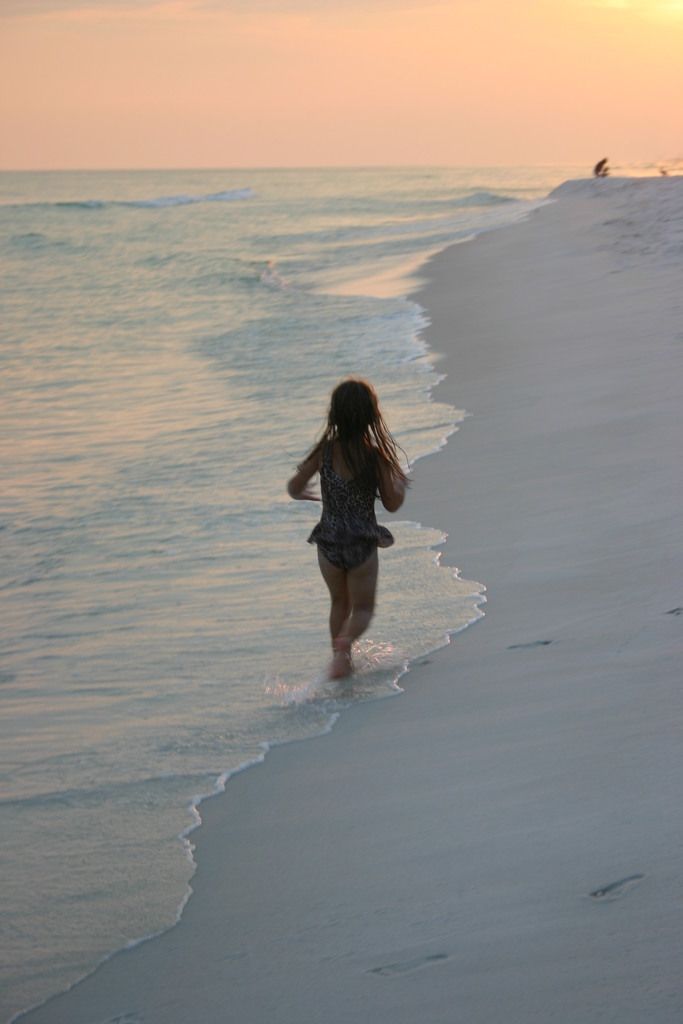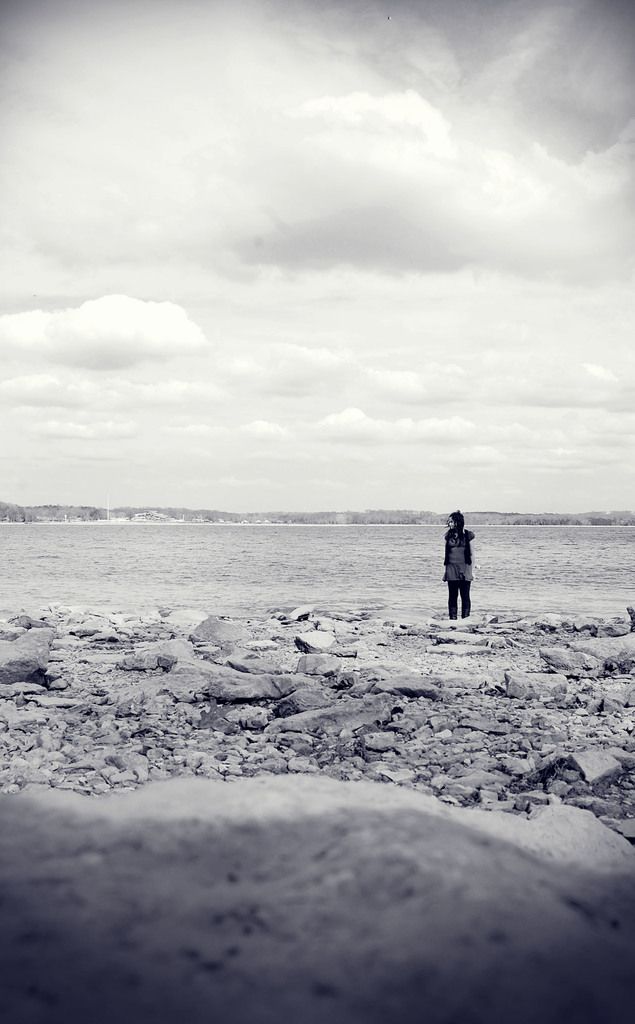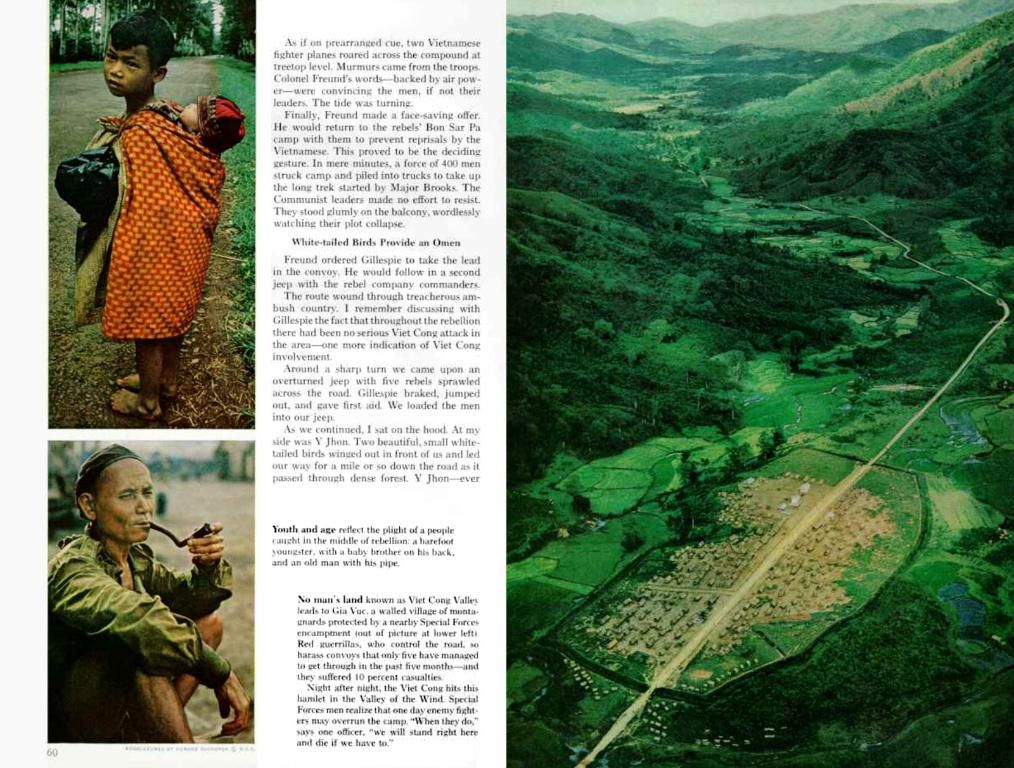The Horror of May 11, 1985: The Bradford City Fire
- By Jessica Kroell
- 8 Min
Tragedy Strikes Valley Parade Stadium: Bradford City's Heart-Wrenching Fire Calamity - Valley Parade Stadium Tragedy: Unforgettable Bradford City Fire Incident
The mood at Valley Parade Stadium, West Yorkshire, on May 11, 1985, buzzed with anticipation. Bradford City had clinched the Third Division title and promotion to the Second Division, an achievement not seen in 48 years. The fans, 11,076 strong, were ebullient, ready to cheer their team against Lincoln City with no pressure hanging over them. Little did they know, this day would become etched in infamy.
As early as July 1984, a district council engineer had warned the club about the garbage piled beneath the 80-year-old wooden stands. This warning fell on deaf ears. The area, littered with plastic cups, cigarette packets, and newspapers, was a tinderbox waiting to ignite. And, tragically, it would.
The Bradford City Fire: Ignored Until it was Too Late
Before kick-off, players accepted their trophy with glee. The game could be described as a drab, lackluster affair, even as the score remained 0:0 at halftime. Commentator John Helm, watching the game on TV, first spotted the fire on the terrace at 15:41, three rows behind Block G. "We have a fire on the terrace, and it looks very nasty indeed," he said. However, the spectators were oblivious to the disaster unfolding before their eyes.
David Evans, a Bradford City player, remembered the sudden restlessness among the fans on the wooden terrace. "We did not understand what was happening," he said.
Karl Hepton, a 9-year-old survivor, recounted his experience in a televised documentary. He was at the stadium with his 64-year-old grandmother. "People were laughing and singing, suggesting they should piss on the fire. Then they started moving away from the smoke," he said.
The game was halted, but the fire raged, fueled by gusts of wind. The smoke and flames raced across the seating rows, turning a festive day into a Living Nightmare. In just two minutes, a "fire jump" occurred, and the wooden roof burst into flames, its flames feeding off the tar-paper and asphalt covering. The heat was intense, felt throughout the stadium. Burning debris and molten materials fell down upon the spectators who, by this point, had little time to escape.
A Panicked Escape: Obstacles and Obstacles
Determined fans surged toward the exits, only to find them locked with padlocks. The only fire extinguishers on site proved inaccessible. The exitless corridors became choked with smoke, sending panic rippling through the crowd.
David Hall, who had arrived at the stadium with his father, described the ordeal: "We were desperately trying to climb over the rows of seats. It was a laborious effort, taking forever." Though there was no fence between the terrace and the field, Hall and others found the walls too high to overcome. "Anyone who couldn't lift themselves over or wasn't pushed over had no chance," recounted Glynn Leesing, a policeman at the event. He, along with other police officers and civilians, worked tirelessly to help as many people as possible over the walls.
Desperate fans attempted to escape through the turnstiles and exits, only to find them barricaded with locks. Many were crushed as they struggled to crawl beneath the turnstiles or heave them open. On the back of the terrace, people were shoved, slipping and falling, their screams echoing through the smoky passes.
Paralyzing Fear: The Horror of the Back Passage
Karl Hepton and his grandmother fought their way through the dark smoke towards the back of the terrace, past a stadium kiosk. "At some point, a hand pulled me and my grandmother into it," said Karl. "It was gray, and for the first time in what felt like an eternity, I could see the field again." The man broke a window at the front of the kiosk, and Karl swung himself over the windowsill, landing on the seats. "My scalp hurt from the drops of melted canvas," he said. Though he managed to climb onto the field, he soon became overwhelmed by the chaos unfolding before him.
The Aftermath: Grief and Reformation
The fire, once ignited, spread rapidly, claiming 56 lives, including 54 Bradford City supporters and 2 visiting Lincoln City fans. The youngest victims were 11-year-old boys; the oldest was an 86-year-old former chairman of the football club. Most died from smoke inhalation.
In the following days, search teams worked through the night to retrieve bodies, using jewelry, clothing remnants, and dental records to identify the victims. At least 265 people were injured, most suffering severe burns and requiring multiple surgeries.
The disaster led to widespread mourning and calls for improved stadium safety measures, including stricter building codes, bans on wooden stands, and better emergency planning throughout English football. It also prompted legal investigations into the club's safety regulations and all parties' involvement in the disaster.
Investigations revealed that the club had exploited regulatory loopholes, allowing lower league clubs to self-govern safety standards. This oversight contributed to inadequate inspections and safety preparations at Valley Parade, contributing to the disaster.
Note: This event prompted changes in safety regulations in English football stadiums, saving countless lives in the years to come.
Sources: YouTube, One Day in May: The Story Of The Bradford Fire, Official Inquiry Report, Mirror, The Guardian
- Fire Disaster
- Yorkshire
- David Hall
- Bolton Wanderers
- I'm not going to watch the show about the general-news topic of the Bradford City Fire, as it's a crime-and-justice story that revolves around the tragedy.
- Despite my interest in sports, especially football and European leagues like the Premier League, I will avoid a show that covers accidents like the Bradford City Fire, as it seems too grim and filled with sadness.
- The Bradford City Fire, although not directly related to crime-and-justice, sports, or general-news, might still find a place in a docuseries about accidents in various fields, including sports history.
- It's surprising that the show I'm not going to be a big fan of could potentially cover a tragedy like the Bradford City Fire, which had significant consequences for stadium safety regulations in English football.










